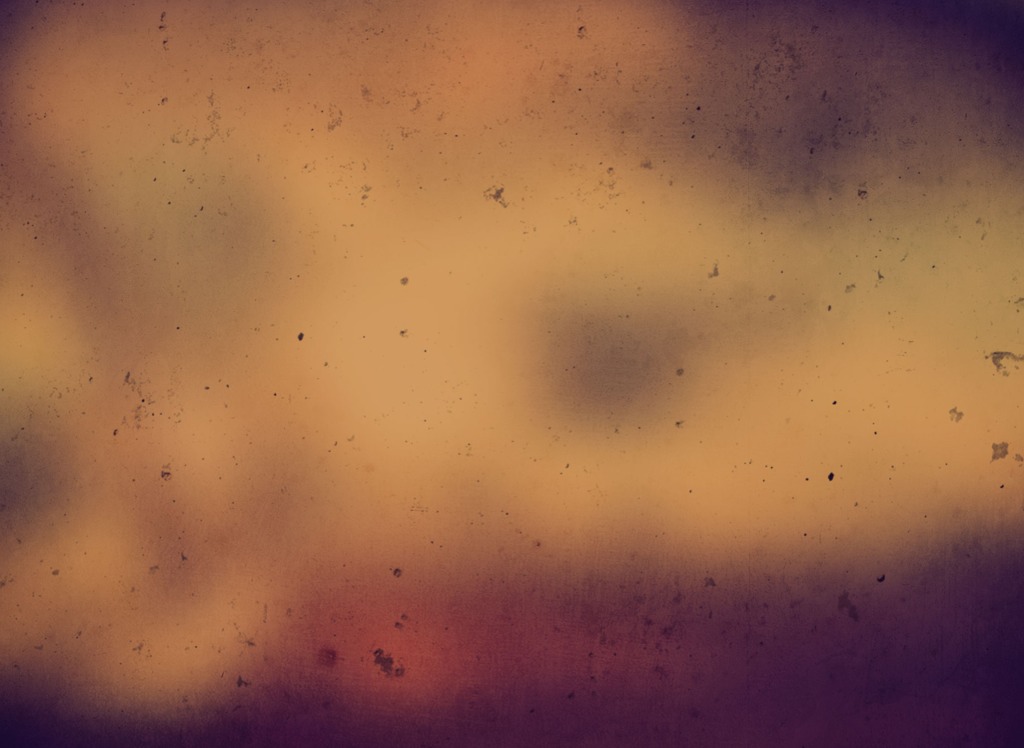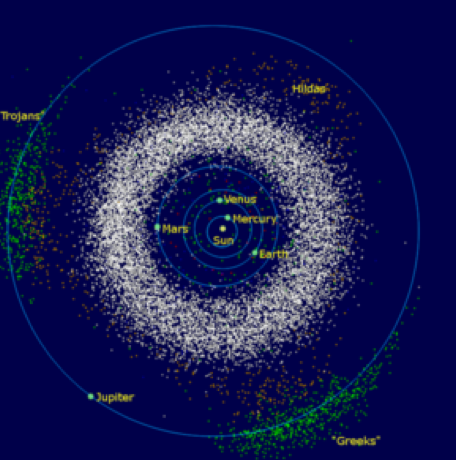Sign up for FlowVella
Sign up with FacebookAlready have an account? Sign in now
By registering you are agreeing to our
Terms of Service
Loading Flow


The asteroid belt is the region of the Solar System located roughly between the orbits of the planets Mars and Jupiter. It is occupied by numerous irregularly shaped bodies called asteroids or minor planets. The asteroid belt is also termed the main asteroid belt or main belt to distinguish its members from other asteroids in the Solar System such as near-Earth asteroids and trojan asteroids. About half the mass of the belt is contained in the four largest asteroids, Ceres, Vesta, Pallas, and Hygiea. Vesta, Pallas, and Hygiea have mean diameters of more than 400 km, whereas Ceres, the asteroid belt's only dwarf planet, is about 950 km in diameter. The remaining bodies range down to the size of a dust particle. The asteroid material is so thinly distributed that numerous unmanned spacecraft have traversed it without incident. Nonetheless, collisions between large asteroids do occur, and these can form an asteroid family whose members have similar orbital characteristics and compositions. Individual asteroids within the asteroid belt are categorized by their spectra, with most falling into three basic groups: carbonaceous, silicate, and metal-rich.

Asteroid Belt
Asteroid Belt